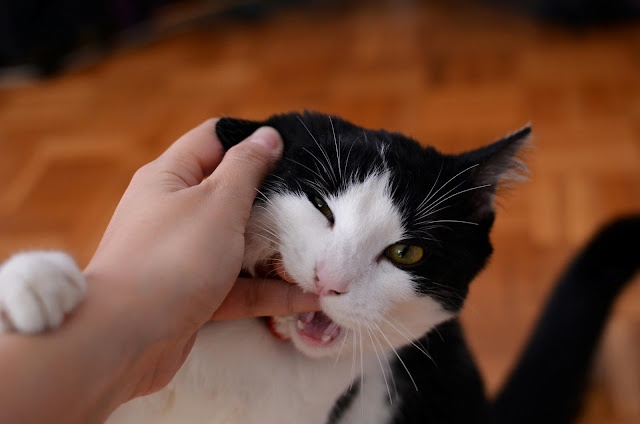Cats and Children: How to Foster a Loving Relationship
Cats and Children: How to Foster a Loving Relationship
Introducing a cat to your household, especially with children, can be a joyful experience. Cats and kids can form strong, loving bonds that enhance both the pet’s and the child’s life. However, fostering this relationship requires patience, education, and supervision to ensure both your cat and child feel comfortable and safe.
1. Understanding Cat Behavior Around Children
Cats are naturally independent and often sensitive to their surroundings. Unlike dogs, cats prefer to have control over interactions and need time to trust new people, including children. Educating your child on cat behavior is the first step in fostering a positive relationship.
- Teach your child to recognize when the cat needs space (e.g., tail twitching or ears back).
- Explain that cats may not always want to play and should be approached gently.
- Encourage patience; cats may take time to warm up to new family members.
2. Supervised Interactions
Initially, all interactions between your child and the cat should be supervised. This ensures that both parties are safe and that the child learns proper ways to engage with the cat.
- Monitor how your child touches the cat—soft, gentle petting is essential.
- Avoid sudden movements or loud noises around the cat, as this can scare it.
- Teach children not to pull on tails, ears, or fur to avoid injury.
3. Creating a Cat-Friendly Environment
Providing a cat-friendly space is crucial for a stress-free relationship between cats and children. Cats need areas where they can retreat when they want peace, especially in homes with active children.
- Set up designated areas for the cat to relax, away from high-traffic zones.
- Create high perches or safe hideouts where the cat can observe but not be disturbed.
- Teach your child to respect these cat-only zones, especially during nap time.
4. Introducing Playtime
Play is one of the best ways to strengthen the bond between your child and the cat. It helps the child understand the cat’s limits while giving the cat much-needed exercise and stimulation.
- Use interactive toys such as feather wands or laser pointers to engage both the child and the cat.
- Avoid using hands or feet as toys; teach your child that toys are for play.
- Keep playtime sessions short and fun to prevent overstimulation of the cat.
5. Teaching Responsibility
Caring for a cat offers an excellent opportunity for children to learn about responsibility. Assigning small tasks like feeding or brushing the cat helps the child feel involved and fosters a sense of responsibility.
- Assign age-appropriate tasks such as refilling the water bowl or grooming the cat.
- Show your child how to brush the cat gently and monitor for signs of discomfort.
- Teach them about the importance of cleaning the litter box regularly.
6. Respecting the Cat’s Boundaries
Every cat has its own personality, and some may be more tolerant of children than others. It’s essential to teach your child to respect the cat’s individual needs and boundaries.
- Some cats may not enjoy being held or cuddled, and that’s okay.
- Teach your child to watch for signs that the cat is stressed, like hissing or hiding.
- Encourage positive reinforcement by rewarding calm and gentle interactions with treats.
7. Building Trust Over Time
Trust between a cat and a child won’t happen overnight. It takes time, patience, and consistent positive interactions to build a strong bond. Encourage your child to interact with the cat daily but never force the relationship.
- Praise your child for gentle behavior toward the cat.
- Let your child offer treats during calm moments to encourage positive association.
- Ensure both the child and the cat have opportunities to interact in a low-stress environment.
Conclusion
Building a loving relationship between cats and children is a rewarding experience that enhances family life. By teaching children how to interact respectfully, creating a cat-friendly environment, and encouraging responsible pet care, you can foster a lifelong bond between your child and your feline companion.
.png)








.jpeg)



